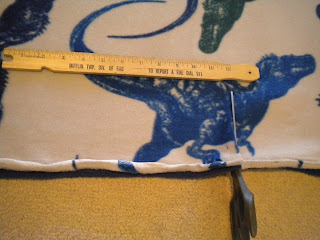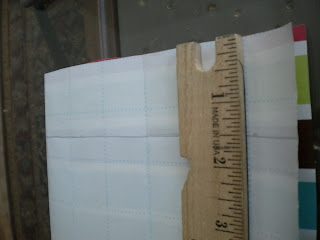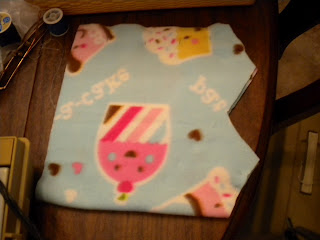Below is a list of other organizations that help children diagnosed with cancer as well as their families.
American Cancer Society
Resources to learn more about cancer, treatment options, and learn about research being done.
Brain Tumor
Includes links to Pediatric Cancer Organizations
American Childhood Cancer Organization
A group of parents whose children have been diagnosed with cancer came together to advocate for research and support each other
Brain Tumor Foundation for Children, Inc.
http://www.braintumorkids.org
http://www.braintumorkids.org
Nonprofit organization that aims to improve the lives of children and families whoa re affected by cancer
Making Headway Foundation
http://www.makingheadway.org
http://www.makingheadway.org
Aims to help support families and children diagnosed with cancer through the diagnosis, treatment, and beyond.
Cancer.net
Many resources listed including groups that help with transport and housing for cancer patients
Cancer Financial Assistance Coalition
Has a link for Sources of Financial Assistance for People With Cancer
Cancer Care Website
Lists government agencies that can help with health-care related costs.
Cancer Treatment Centers
Offers suggestions for the support people in a cancer patient's life.
Chronic Disease Fund
Provides help to patients who have a chronic disease. You have to sign up to be a member.
Also have patient assistance help on-line.
Cookies for Kid's Cancer
Has a section on kid's cancers but the group raises fund to help with cancer research by selling cookies.
Health Well Foundation
Helps to pay patient co-pays when the family can't afford to do it.
The LAM Foundation
Newsletters contain some support information like Facebook groups that relate to lymphangioleiomyomatosis (LAM)
Legal Information Network for Cancer
Although it is centered in Virginia, they have links for dealing with legal and financial information as it relates to cancer
Leukemia and Lymphoma Society
Has a section to help guide patients through their ordeal
Lymphoma Research Foundation
Contains a number of links to learn about lymphoma and research that is being done.
Oak Tree Corner
Site set up to help give comfort and support for grieving children and their families when a child has lost someone special.
General Organizations (as listed on CancerCare.org)
ACS’s Community Resource Connection
1-800-ACS-2345
United Way
Check phonebook for local office
Community Organizations
Check your local phonebook under “social service agencies.”
Religious Organizations--includes Catholic Charities, Lutheran Social Services, Jewish Family Services, and others.
Check your local phonebook for listings.





























